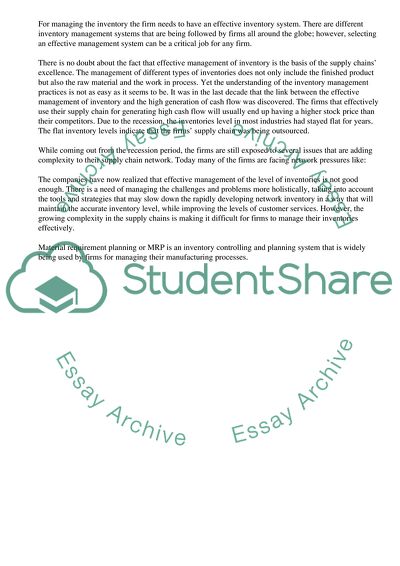Cite this document
(Managing Inventory in the Supply Chain Coursework Example | Topics and Well Written Essays - 1750 words, n.d.)
Managing Inventory in the Supply Chain Coursework Example | Topics and Well Written Essays - 1750 words. https://studentshare.org/management/1839929-managing-inventory-in-the-supply-chain
Managing Inventory in the Supply Chain Coursework Example | Topics and Well Written Essays - 1750 words. https://studentshare.org/management/1839929-managing-inventory-in-the-supply-chain
(Managing Inventory in the Supply Chain Coursework Example | Topics and Well Written Essays - 1750 Words)
Managing Inventory in the Supply Chain Coursework Example | Topics and Well Written Essays - 1750 Words. https://studentshare.org/management/1839929-managing-inventory-in-the-supply-chain.
Managing Inventory in the Supply Chain Coursework Example | Topics and Well Written Essays - 1750 Words. https://studentshare.org/management/1839929-managing-inventory-in-the-supply-chain.
“Managing Inventory in the Supply Chain Coursework Example | Topics and Well Written Essays - 1750 Words”. https://studentshare.org/management/1839929-managing-inventory-in-the-supply-chain.


